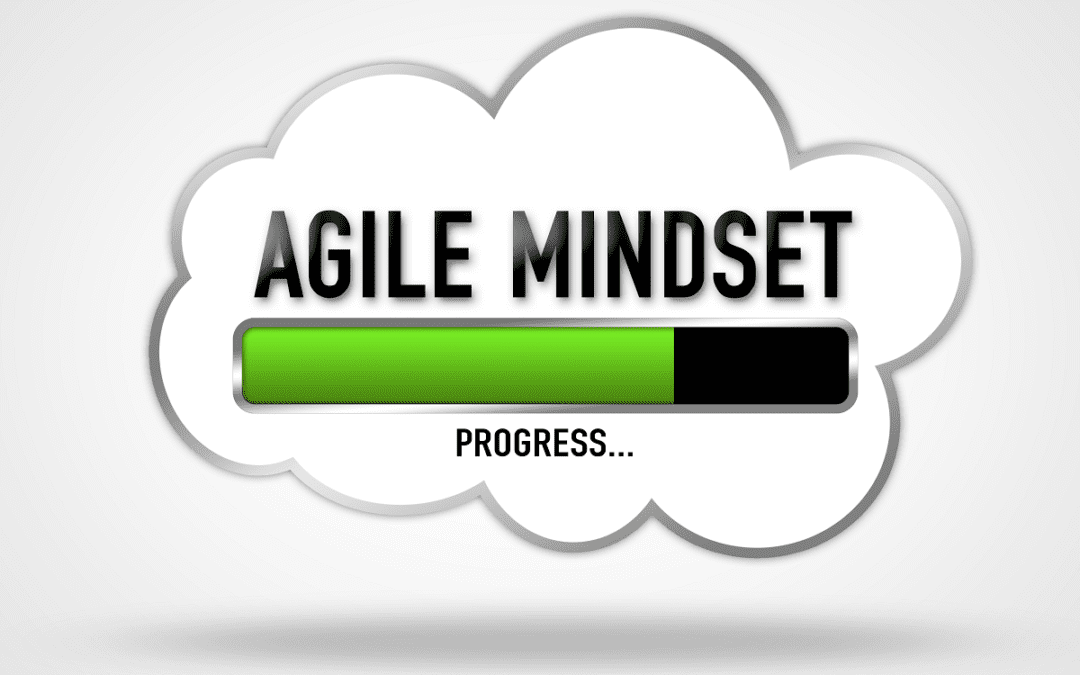When introducing agile working in my organisation, I should first get an idea of my team’s agility and which adjustments I should still make.
With the following questionnaire, you can find out how agile your team already works according to the agile principles.
The last column is for you to think about how you can improve your team in this aspect. Please rate each statement with a number from 1-10. Please do not set the ideal state (number 10) as your goal, but consider what is necessary to bring the team at least to the next level (e.g. from 3 to 4) to initiate a continuous process.
| Principle | Question | Evaluation | Why not better |
| Respect | How well do we respect others and their contribution? | ||
| Transparency | How accessible is the information that guides our decisions and actions? | ||
| Trust | To what extent do we rely on each other to act professionally, predictably and with integrity? | ||
| Personal safety | How much useful input do people offer without fear of retribution? | ||
| Focus | How often can we focus on our work and bring it closer to completion? | ||
| Sustainable pace | All things being equal, how long can the team continue to deliver value at our current level of performance? | ||
| Self-organising teams | How much and how well do we distribute the work among ourselves? | ||
| Collaboration | How much positive synergies does our team have? | ||
| Communication | How well informed are people when they approach a task that depends on others? | ||
| Consensus | How effectively does our team make, implement and support decisions? | ||
| Leadership | How trusting, supportive and human is the environment in which our team operates? | ||
| Outcome | How outcome-minded are people when they perform their tasks? | ||
| Effective | How much more attention do we pay to doing the right things than to doing them quickly? | ||
| Defer | How well do we identify the final responsible moment to make decisions, and how close to that moment do we make them? | ||
| Simplicity | How much work are we avoid without negative consequences? | ||
| Experiment | How well, fast and cheaply do we learn what is right and what works? | ||
| Cadence | How close is our delivery frequency to the frequency that our business needs and can sustain? | ||
| Reliability | How reliably do we deliver value now and how well do we avoid compromising our ability to create value in the future? | ||
| Cost of change | How well do we control the cost of change (where it matters)? | ||
| Available | How often is our product in a working and shippable (releasable) condition? | ||
| Quality | Do we regularly give quality and technical excellence the attention they need to support our goals? | ||
| Time-Box | How useful are our time boxes in achieving our goals? How well do we stick to the time boxes? | ||
| Results | How focused are we on value creation, learning or risk mitigation? | ||
| Feedback | How short, useful and utilised are our feedback loops? | ||
| Learning | As time goes on, how much better do we know ourselves, our work and our customers? | ||
| Improvement | How often do we improve our process and our teamwork? And our product? |
Source: Gil Broza, The Agile Mind-Set. Making Agile Processes Work
Klaus Fischer has compiled this toolbox for you.


Recent Comments